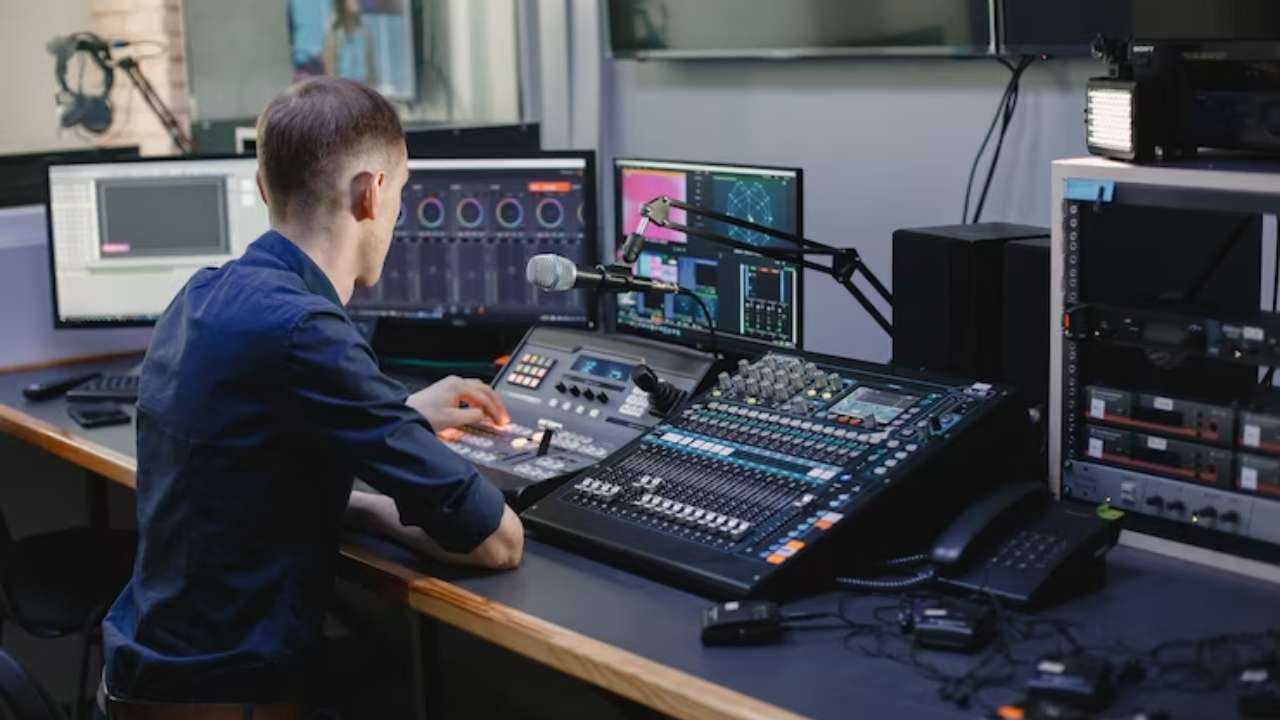Transforming Broadcasting through Innovative Audio over IP Solutions for a Integrated Future
Transforming Broadcasting through Innovative Audio over IP Solutions for a Integrated Future
Blog Article
This realm of media is experiencing a major transformation due to innovative audio via IP (AoIP) technologies. These developments are revolutionizing the way audio content is produced, delivered, and consumed. Audio over IP is defined as the method of sending audio streams over a computer system, using Internet Protocol (IP) rather than traditional analog methods. This transition not only enhances the standard of audio transmission but also offers broadcasters with greater freedom and control over their content.
A single key benefit of audio over IP systems is its ability to link various devices and systems efficiently. Traditional broadcasting frequently relied on intricate wiring and physical links, which could be cumbersome and restrictive. With AoIP, broadcasters can easily interface microphones, mixers, and other devices through a shared network. This convergence allows for remote broadcasting and live streaming from virtually any place, making it easier to connect with listeners across the globe. As a consequence, broadcasters can react quickly to current issues and audience requests, leading to more dynamic and engaging content.
Additionally, AoIP technology facilitates superior audio standards that improve the auditory encounter. In contrast to conventional broadcasting methods, which may diminish sound standards, audio over IP can preserve the purity of the audio stream throughout the transmission process. This means that listeners can enjoy clearer and more detailed sound, whether they are tuning in via radio, go to this site streaming online, or using mobile devices. The ability to deliver high-fidelity audio is especially important for music and talk shows, where every detail matters to the audience.
Additionally, the adoption of audio over IP systems can lead to financial efficiencies for media companies. By leveraging existing infrastructure systems, companies can remove the need for costly hardware and large-scale cabling. This not only lowers initial costs but also decreases operational expenses over time. Broadcasters can allocate resources more efficiently, investing in content creation and talent growth. As a result, the entire media industry can gain from increased innovation and creativity, as funds are redirected toward improving programming and engaging with audiences.
In summary, the transition towards audio over IP systems is changing the media landscape. By enabling seamless connections, enhancing audio standards, and lowering costs, AoIP is clearing the path to a better integrated future in media. As broadcasters continue to adapt to these changes, they will be more prepared to satisfy the demands of their listeners, create compelling content, and remain competitive in an constantly changing industry. The prospects of broadcasting is promising, and audio over IP will take a key role in defining the manner in which we experience audio content in the years to follow.